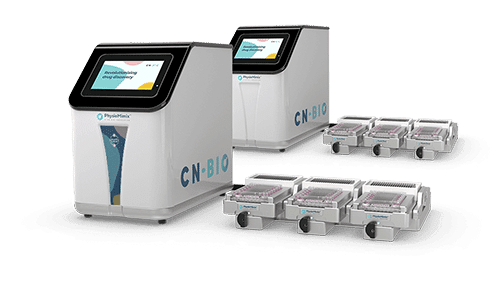Resource > Posters >
Assessing drug-induced liver injury using a sensitive and selective human liver microphysiological system and clinical biomarkers
Filed under: DILI and Safety toxicology

Novac et al
Drug-induced liver injury (DILI) is the most common cause of acute liver failure and a leading cause of compound attrition in drug development. Deciphering the mechanism of drug hepatotoxicity remains a challenge. Whilst many in vitro and in vivo preclinical models have been developed for this purpose, all have their limitations. For example, inter-species differences in gene sequence or immunological response mean that animal models are not suitable for human-specific modalities, and simple in vitro models are not able to detect translationally relevant biomarkers.
Here, we assessed the potential of an in vitro human liver MPS, also known as an Liver-on-a-Chip, to accurately predict DILI risk for a wide range of compounds. To improve the translational relevance of this model, functional liver-specific endpoints were analyzed (including clinical biomarkers such as serum albumin and ALT). We assessed the sensitivity and selectivity of the model to predict DILI for a set of industry-standard compounds with known clinical DILI liabilities.


